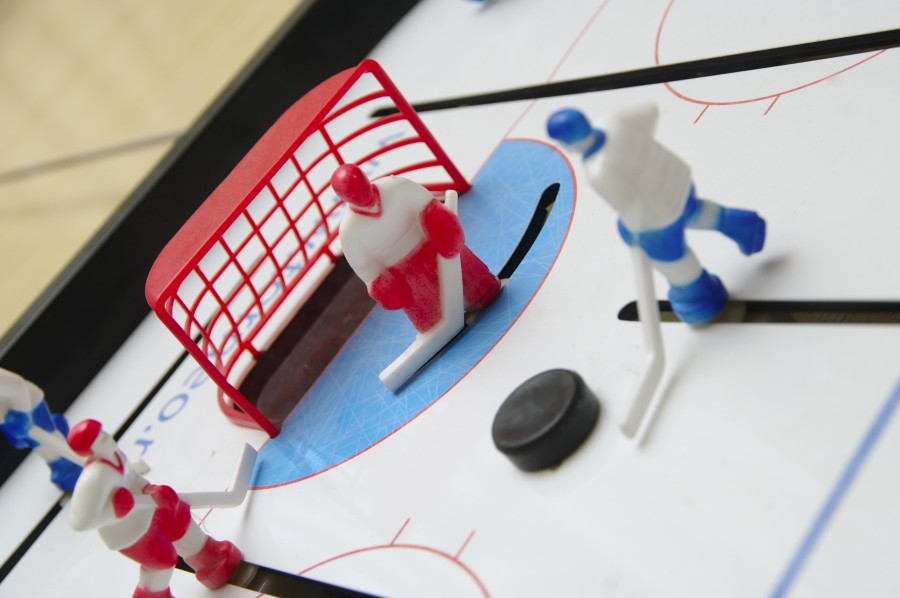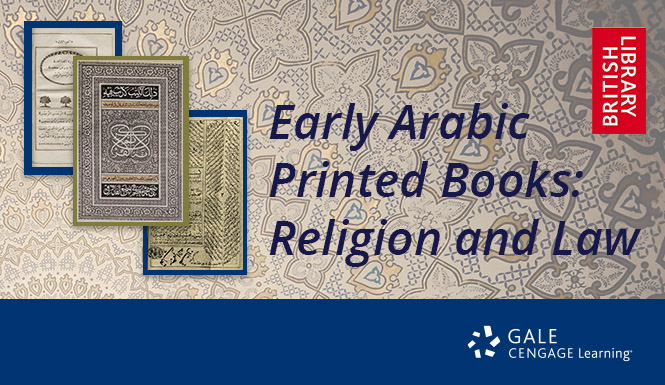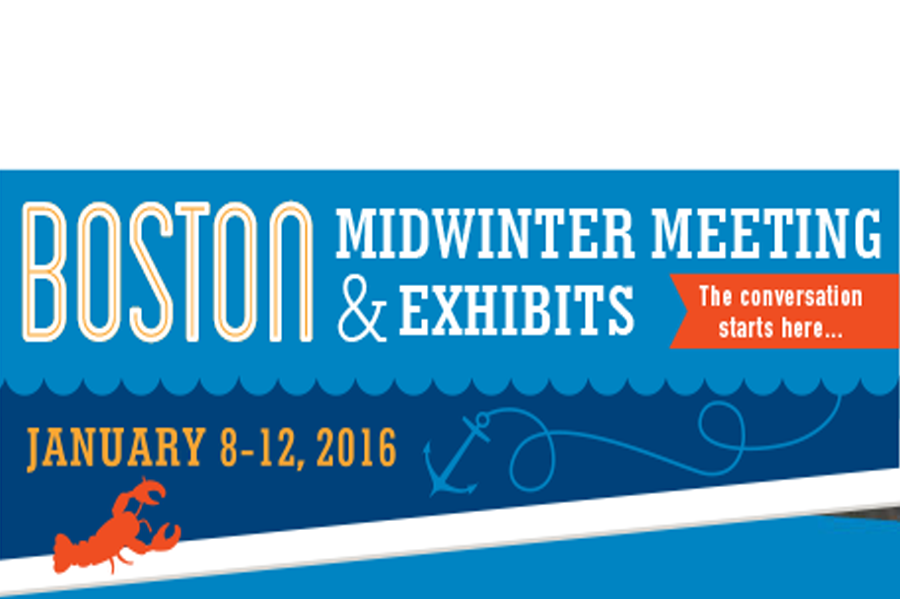The titles below have been recently added and can be located in the product using Basic or Advanced Search forms. Titles can be found via Browse Publications within two weeks. For complete coverage information please see the product title lists.
Academic OneFile
- Accounting, Economics and Law – A Convivium (Walter de Gruyter GmbH) 2194-6051 Peer-reviewed
- Air Quality (American Bar Association)
- American Journal of Play (The Strong) 1938-0399 Peer-reviewed
- Appellate Practice (American Bar Association) 1937-2965
- Cankiri Karatekin Universitesi Iktisadi ve Idari Bilimler Fakultesi Dergisi (Cankiri Karatekin Universitesi) Peer-reviewed
Read moreNew Titles Added to the InfoTrac Collections in December 2015









